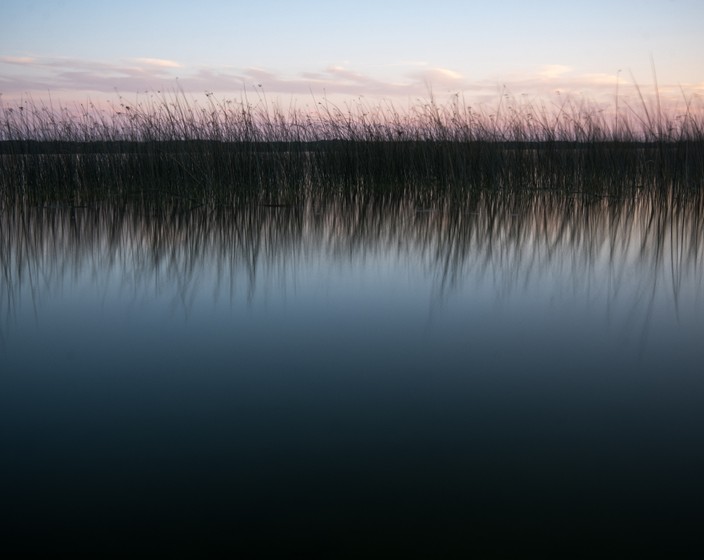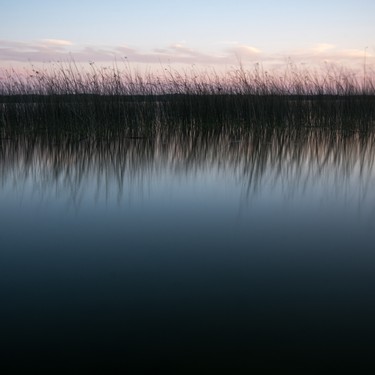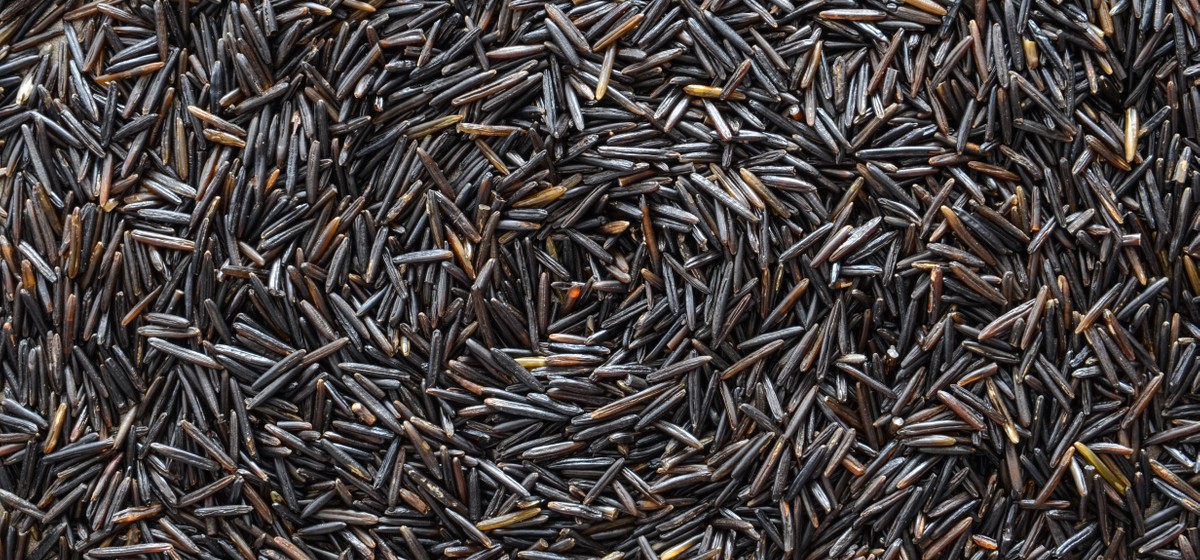Everything You Need to Know About Minnesota Wild Rice, Down to the Last Grain




You might know that Minnesota is the home of Prince, Bob Dylan, Garrison Keillor, and Joel and Ethan Coen. And it elected Jesse Ventura as Governor.
But you might be far less familiar with another star from the North Star State: Genus Zizania--the “caviar“ of grains. Commonly known as “wild rice,” Zizania is not a rice at all, but actually the seeds of freshwater grass. And since Minnesota has more than 10,000 lakes, it’s not surprising that the state produces and exports more wild rice than anyone in the world.
Wild rice is so widespread, in fact, that Genus Zizania has been documented in more than 45 of Minnesota’s 87 counties, and continues to be a critical social and cultural component for Native American tribes. One of those tribes, the Ojibway, still gathers rice by hand as they have for centuries. The Ojibway consider it a gift from the Creator. According to legend, the tribe followed a prophecy to find the place where the food grows on the water. Initially, this led them to the shores of Lake Superior.
The Ojibway method of harvest hasn’t changed much with the passage of time. The ricers still go out two to a canoe, one with a forked push pole and the other with a pair of wooden flails used to knock the rice into the boat. Processing, or finishing, lake rice is hugely labor-intensive. First, the rice is parched, or roasted, over a fire. Then it's hulled and winnowed. This can involve “dancing” the rice in a pit. Taking the rice from harvest to finished product is a demanding job, but one that the tribal nation has embraced for its spiritual importance.
Given the challenges, it’s hardly surprising that only 10 percent of the world’s wild rice is gathered by hand, a good amount of that emanating from Minnesota and its reservations. The rest has given way to the demands of modern agriculture with the concomitant results: unlike the irregular, light brown lake rice, cultivated rice is almost black and uniform in size and shape.

“Cultivated" rice is not looked upon fondly on the reservation. Wild rice is a source of income for the Ojibway, and the cheaper paddy rice drops the price they can charge. Mining and dams provide another obstacle to a robust harvest.
The most abundant wild rice supplies can be found in water six inches to three feet deep within Northern Minnesota lakes, marshes, and streams. Rooted in soft and mucky sediment, Zizania rises three to ten feet above the surface and features clusters of green, ribbon-like leaves that taper at the end. The grains themselves are yellow or red and appear at the tip of the stalk in August, although they continue to be available for harvest through mid-September.
Genus Zizania is protein-rich compared to other cereal grains, which makes it a staple part of the diet of many lake wild birds, including waterfowl and red-winged blackbirds. It also provides a clever nesting cover during mating season.
To protect the fields that produce these nutty and earthy grains, Minnesota limits the harvesting season and regulates boats and tools. Tribal harvesters manage themselves, and reservation waters remain off-limits to other ricers.
The rules are both strict and strictly enforced and they include the length of both watercraft and push poles. All Flails (used to harvest) must be made of round, smooth wood no longer than 30 inches, weigh no more than one pound, and be hand-held and operated.
While the exact number of acres of wild rice is difficult to determine, many of the larger beds are actively and effectively managed by the Minnesota Department of Natural Resources. Tribal management of historically important wild rice lakes continues to expand, and includes both stand restoration and annual water level management.
With cooperation from interested parties, fees from licenses, and contributions from many state conservation groups, wild rice from Minnesota will continue to grow wild.